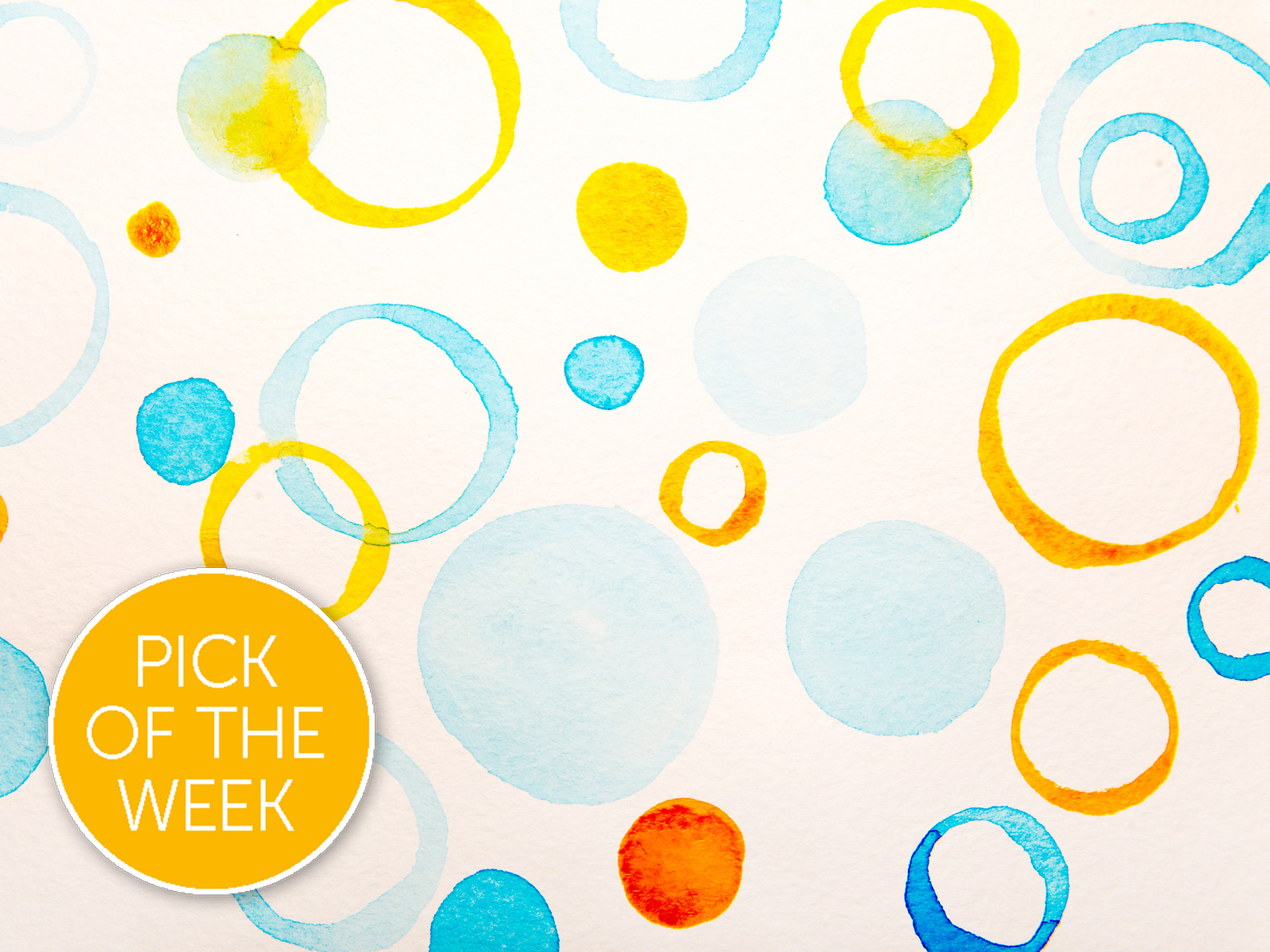Beating the coffee ring effect

Picture: © Shutterstock
Scientists in Germany have come up with an ingenious way to make water droplets dry evenly – avoiding the unwelcome ‘coffee-ring effect’, and paving the way for better and cheaper ways of making fuel cells and electronic devices.
The ‘coffee-ring effect’ is a scientific phenomenon we are all familiar with. Imagine leaving the final drop of coffee in your cup to dry. As the water evaporates, it leaves behind a brown coffee stain. The curious thing though is that this stain will always be a ring shape, not a solid circle.
This is because evaporation of water from a drying droplet does not take place evenly. It evaporates most quickly from the boundary between the liquid water, the solid surface, and the air – that is the edges of the droplet. This boundary is called the ‘three-phase boundary’. As water evaporates from the boundary, water from the rest of the droplet moves to take its place. This means that anything suspended in the water – such as coffee particles – is eventually deposited on this outer ring.
The coffee-ring effect has implications for the manufacture of high tech materials such as fuel cells, displays, and sensors. That’s because a lot of these devices are made by depositing a coating onto a surface, and one of the most popular ways of depositing a coating is by drop-casting – that is depositing lots of tiny droplets onto the surface.
Drop-casting will be more familiar to most of us as ink-jet printing – these days a rather low-cost, low-tech method of depositing liquid onto a surface in defined patterns. If the drop-cast method can be perfected, it could lead to efficient, cheap solutions for the widespread production of a range of useful devices.
Unfortunately the drop-casting method is subject to the coffee-ring effect. Each tiny droplet dries in a ring, making the surface uneven and affecting the performance of the device.
Now, Nicolas Plumeré and his team at Ruhr-Universität Bochum, Germany, have come up with a solution. "Our work is aimed at bypassing the coffee ring effect so that even deposition of materials is achieved", he says. They aren’t trying to change the drying properties of a water droplet, however. "Drying still takes place at the three phase boundary”, he explains. “Instead our strategy consists of locking the materials to be deposited in the volume of the droplet so that they are not moving with the water flow within the droplet."
They achieve this by using small molecules that polymerise when mixed together in the solution. This reaction means that the droplet turns into a gel. The gel in turn stops particles from flowing to the edges of the droplet, enabling them to be deposited evenly.
This article is free to read in our open access, flagship journal Chemical Science: Huaiguang Li et al., Chem. Sci., 2018, Advance Article. DOI: 10.1039/C8SC03302A. You can access all of our ChemSci Picks in this article collection.